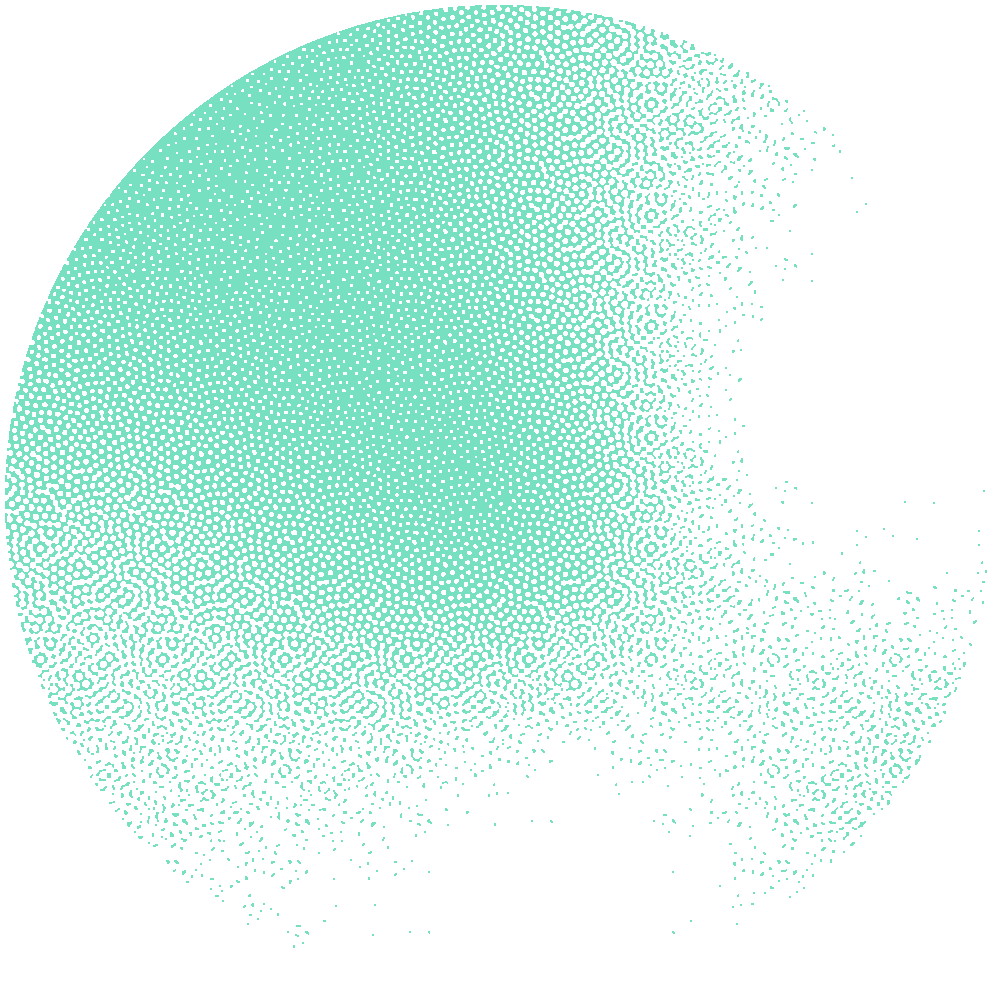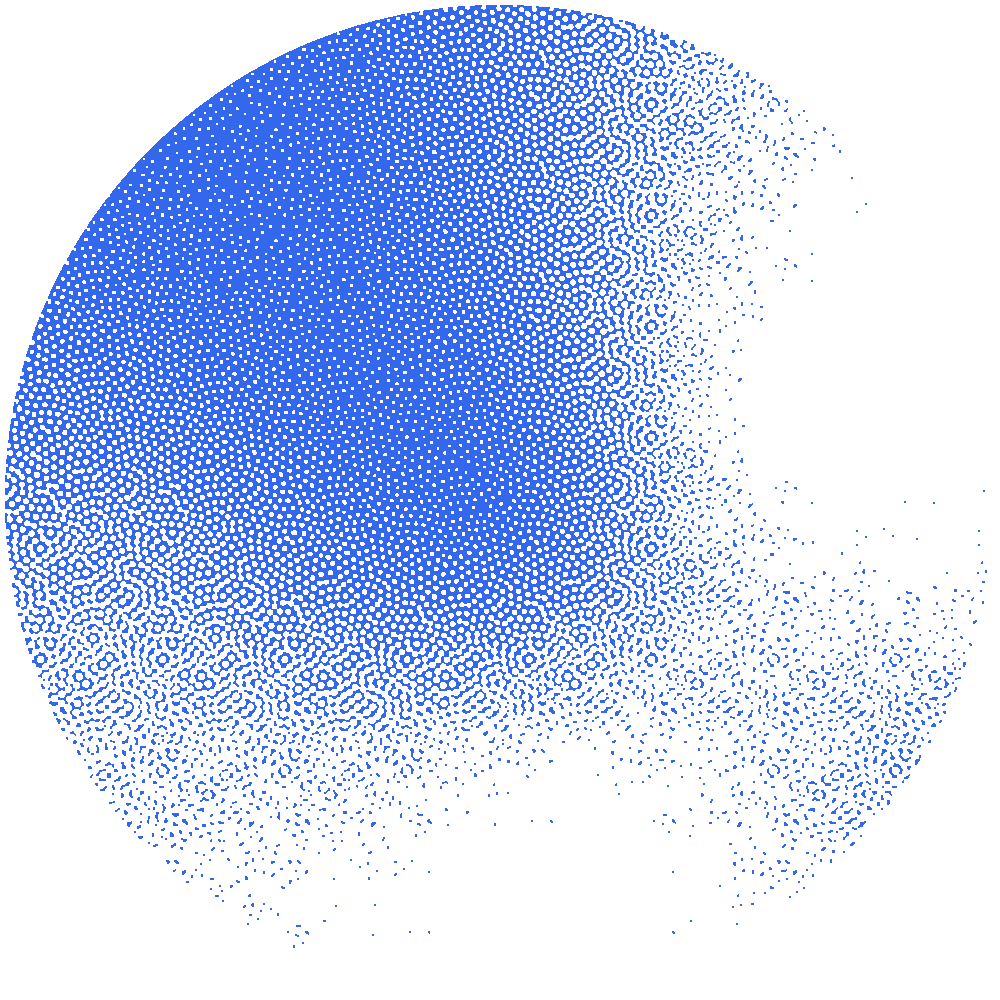

Biochemical Pathways and Large Scale Metabolic Networks



18 August 2016



For-profit: 0 CHF
No future instance of this course is planned yet
This course is co-organised by the CUSO/StarOmics doctoral program. Priority is given to its members, but is open to everyone.
Overview
This course and mini-symposium aim at guiding the participants in the complexities of biochemical pathway reconstruction with some emphasis on genome-scale metabolic networks.
- The course consists of selected chapters, which altogether will help the participants to integrate concepts, various data types and different software tools.
- A few practical session will be organised to demonstrate how to build metabolic models and to produce valuable biological knowledge.
- The aim of the mini-symposium is to highlight the current state of research in the field.
Audience
This course is open to everyone, but it is an advanced course with a broad scope and hence primarily aimed to PhD students or Postdocs in Biology or Bioinformatics with interest for Systems biology.
Learning objectives
At the end of the course, participants should have a good knowledge or understanding of:
- the current state and the future direction of R&D in the field
- some major public resources (web sites, databases)
- algorithms specific to this field and some of their implementation
Prerequisites
Knowledge / skills:
People are encouraged to come with their own problem (e.g. their favourite microbes genome or metabolic model). Programming skills (e.g. UNIX, see our tutorial), basic experience with R and knowledge in Biochemistry are recommended.
Material:
Bring a laptop. Specific software installation might be given later if needed.
Application
Deadline for application and cancellation is set to the 15th of August. Cancellation after this date will not be reimbursed. Please note that participation to SIB courses is subject to our general conditions.
Location
University of Lausanne / Genopode building, classroom 2020 (Metro M1 line, Sorge station)
Additional information
For administrative questions, please contact staromics@cuso.ch
For technical and scientific questions, please contact training@sib.swiss
Program:
Monday 29 August
| 10:00 - 10:15 |
Welcome and introduction Marco Pagni (Vital-IT group, SIB) |
| 10:15 - 12:30 |
Public databases of metabolites, biochemical reactions and enzymes, web-based and programmatic accesses Kristian Axelsen & Thierry Lombardot (both Swiss-Prot group, SIB, Geneva) Details: |
| 12:30 - 13:45 | Lunch break |
| 13:45 - 15:45 | Exercises / hands-on |
| 15:45 - 16:15 | Coffee break |
| 16:15 - 17:15 |
Biochemical Pathway Representations: Specific Requirements of Genome-Scale Metabolic Networks Sébastien Moretti (Vital-IT group, SIB, Lausanne) Details: |
Tuesday 30 August
| 09:00 - 10:30 |
Introduction to online metabolic pathway databases Nathan E. Lewis (Systems biochemistry and cell engineering lab, University of California, San Diego) & Andreas Dräger (Systems Biology group, University of Tübingen) |
| 10:30 - 11:00 | Coffee break |
| 11:00 -12:30 |
Useful software for working with metabolic networks |
| 12:30 - 13:45 | Lunch break |
| 13:45 - 15:45 | Introduction to constraint-based modeling and Tutorial on COBRApy |
| 15:45 - 16:15 | Coffee break |
| 16:15 - 17:15 | Reconstruction and simulation of networks Practical exercise in metabolic engineering using COBRApy/COBRA Toolbox and visualizaion of results and data with Escher |
Wednesday 31 August
| 09:00 - 10:30 |
Hybrid Models of Metabolic Networks Jörg Stelling (Computational Systems Biology Group, SIB & ETH Zurich D-BSSE, Basel) Details: |
| 10:30 - 11:00 | Coffee break |
| 11:00 - 12:30 | Continued |
| 12-30 - 14:00 | Lunch break |
| 14:00 - 17:00 |
Mini-Symposium (free entrance) 14:00 - 14:40 14:40 - 15:20 15:20 - 15:40 15:40 - 16:20 16:20 - 17:00 |
Thursday 1 September
| 09:00 - 10:30 |
EnviPath - database and prediction system for the microbial biotransformation of organic environmental contaminants Kathrin Fenner (Department Environmental Chemistry, EAWAG, Dübendorf) & Jörg Wicker (Data Mining Group, Johannes Gutenberg University, Mainz) |
| 10:30 - 11:00 | Coffee break |
| 11:00 -12:30 | Continued |
| 12:30 - 13:45 | Lunch break |
| 13:45 - 15:45 |
The MetaNetX website for genome-scale metabolic network analysis and reconstruction. Usage of R software to analyze and exploit metabolic networks Marco Pagni, Van Du Tran, Sébastien Moretti (Vital-IT Center for high-performance computing of the SIB Swiss Institute of Bioinformatics, Lausanne) Details:
|
| 15:45 - 16:15 | Coffee break |
| 16:15 - 17:15 | Continued |
Friday 2 September
| 09:00 - 10:30 |
Orthology and Comparative Genomics Christophe Dessimoz (Computational Evolutionary Biology and Genomics, SIB & University of Lausanne) Details: |
| 10:30 - 11:00 | Coffee break |
| 11:00 - 12:30 | Orthology and Comparative Genomics - practical - retrieving and interpreting orthologs with OMA - optional exercise: inferring phylogenetic trees |
| 12:30 - 13:45 | Lunch break |
| 13:45 - 16:00 | Afternoon examination for those wanting ECTS credits |